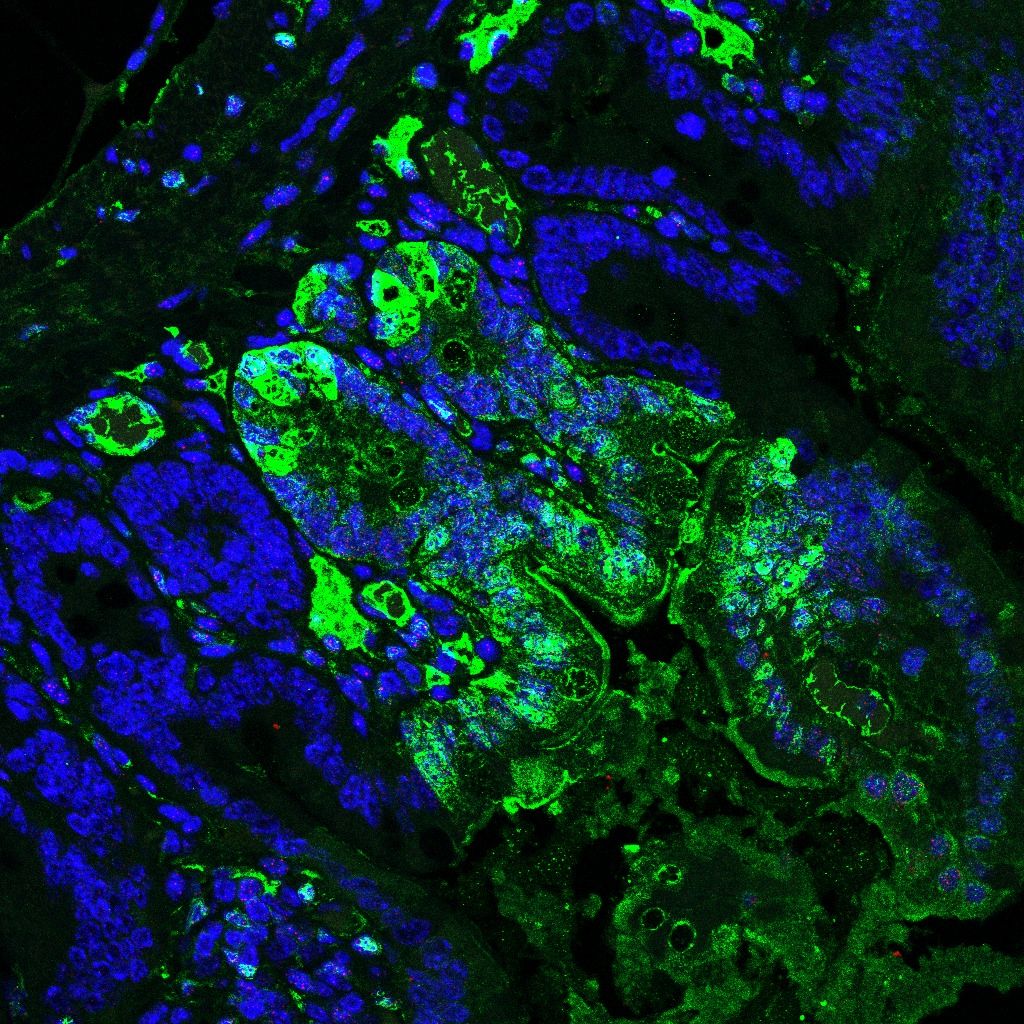The cells with hyper-long telomeres in these mice appear to be perfectly functional. When the tissues were analysed at various moments (0, 1, 6 and 12 months of life), these cells maintained the additional length scale (they shortened over time but at a normal rhythm), accumulated less DNA damage and had a greater capacity to repair any damage. In addition, the animals presented a lower tumour incidence than normal mice.
These results show that pluripotent stem cells that carry hyper-long telomeres can give rise to organisms with telomeres that remain young at the molecular level for longer. According to the authors, this “proof of concept means that it is possible to generate adult tissue with longer telomeres in the absence of genetic modifications”.
The Telomeres and Telomerase Group at the Spanish National Cancer Research Centre (CNIO), in collaboration with the Centre’s Transgenic Mice Core Unit, has succeeded in creating mice in the laboratory with hyper-long telomeres and with reduced molecular ageing, avoiding the use of what to date has been the standard method: genetic manipulation. This new technique based on epigenetic changes that is described today in the pages of Nature Communications, avoids the manipulation of genes in order to delay molecular ageing. The study also underlines the importance of this new strategy in generating embryonic stem cells and iPS cells with long telomeres for use in regenerative medicine.
Telomeres (the protective structures located at the ends of chromosomes) are essential to the stability of our genetic material and to maintain the “youthful state” of our cells and of our bodies. However, telomeres get shorter as we age. Once they reach a critical length, cells enter a state of senescence or die. This is one of the molecular causes of cellular ageing and of the emergence of ageing-related diseases.
On the other hand, when telomeres are extra-long — as achieved for the first time by the CNIO group headed by Maria A. Blasco using the expression of the telomerase gene — they exert a protective role against ageing and ageing-related diseases, thus significantly extending the lives of the mice.









Comments are closed.